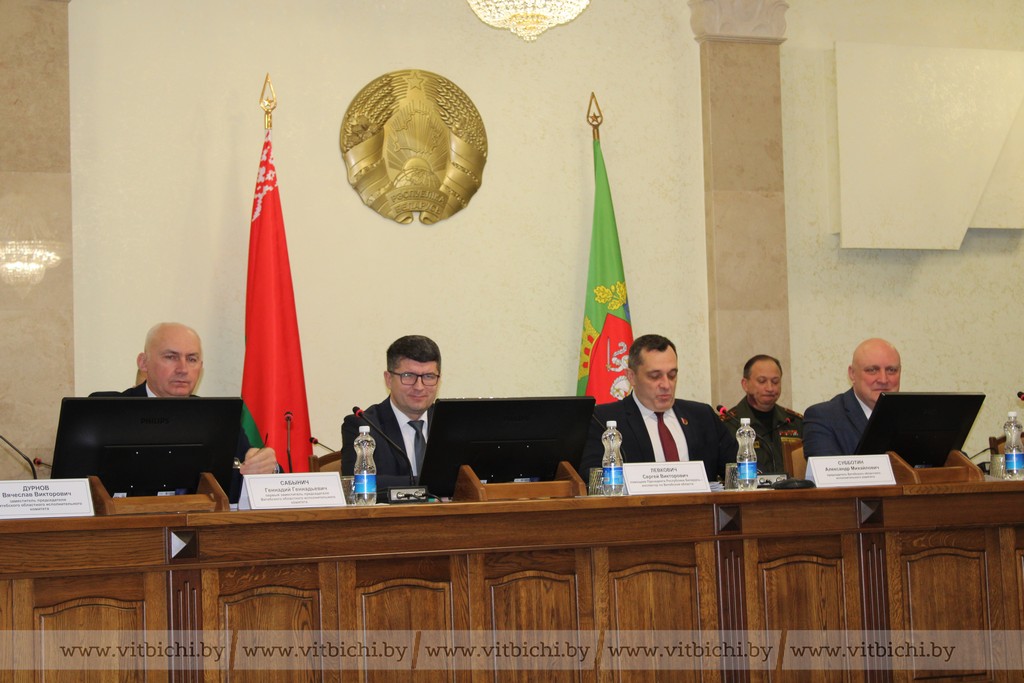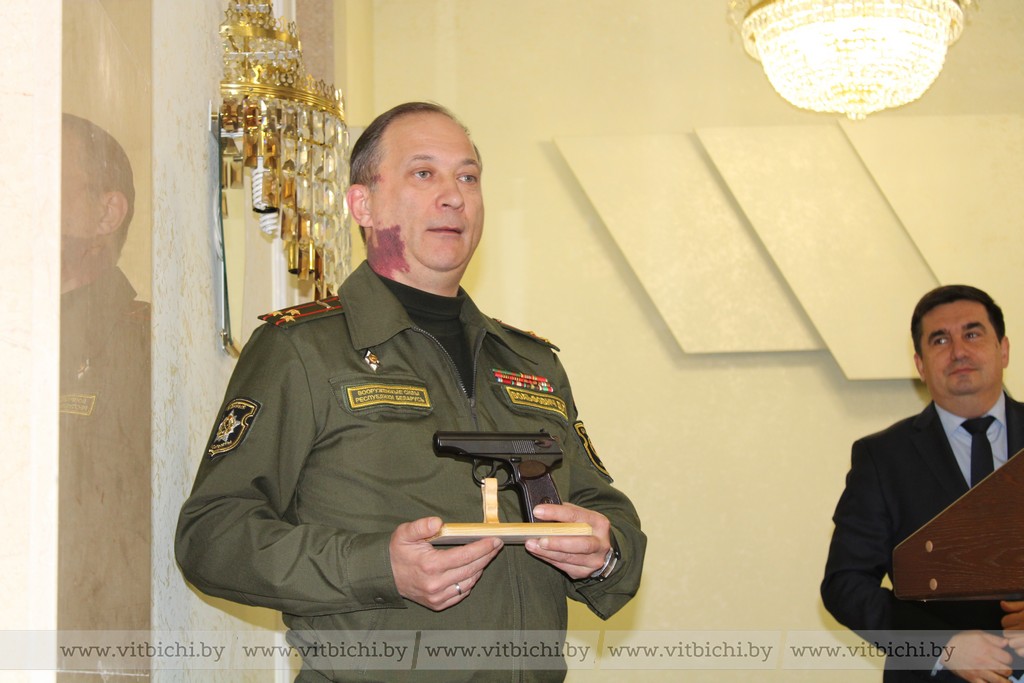DUBROVNO REGIONAL EXECUTIVE COMMITTEE
Address:
18 Komsomolskaya Street, Dubrovno, Vitebsk Oblast, 211587
Phone:
8 (02137) 5-45-01
Fax:
8 (02137) 5-45-25
E-mail:
dubrovno_rik@vitobl.by
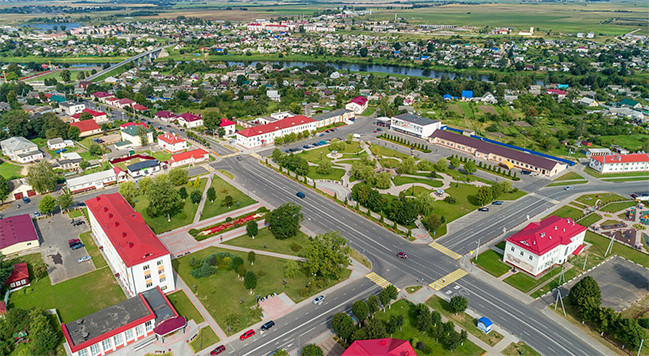
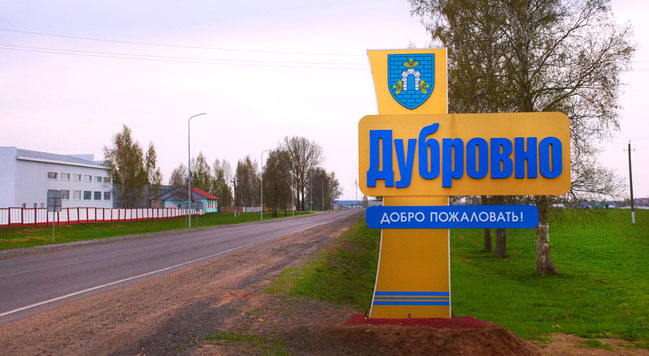

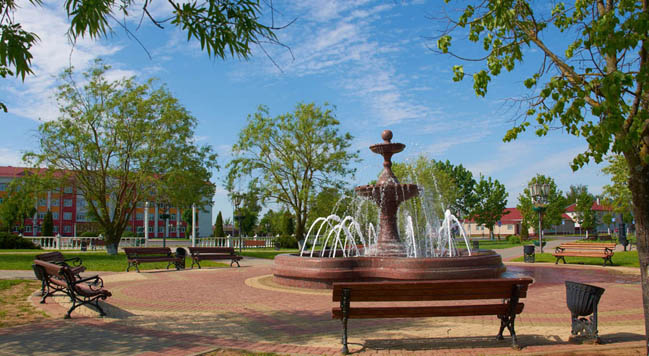
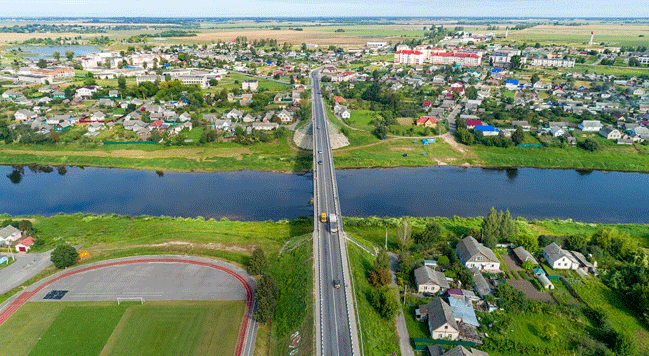
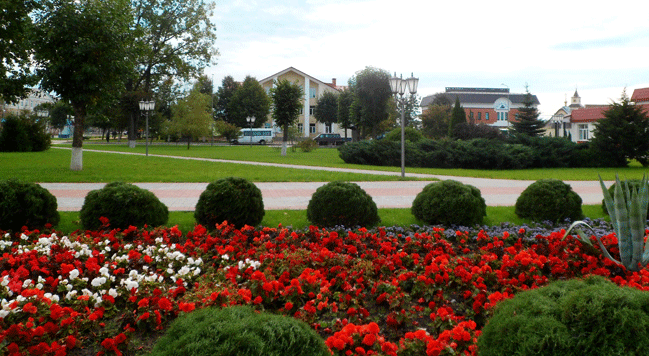






The Vitebsk region managed to achieve a positive result in all areas of animal husbandry in 2024
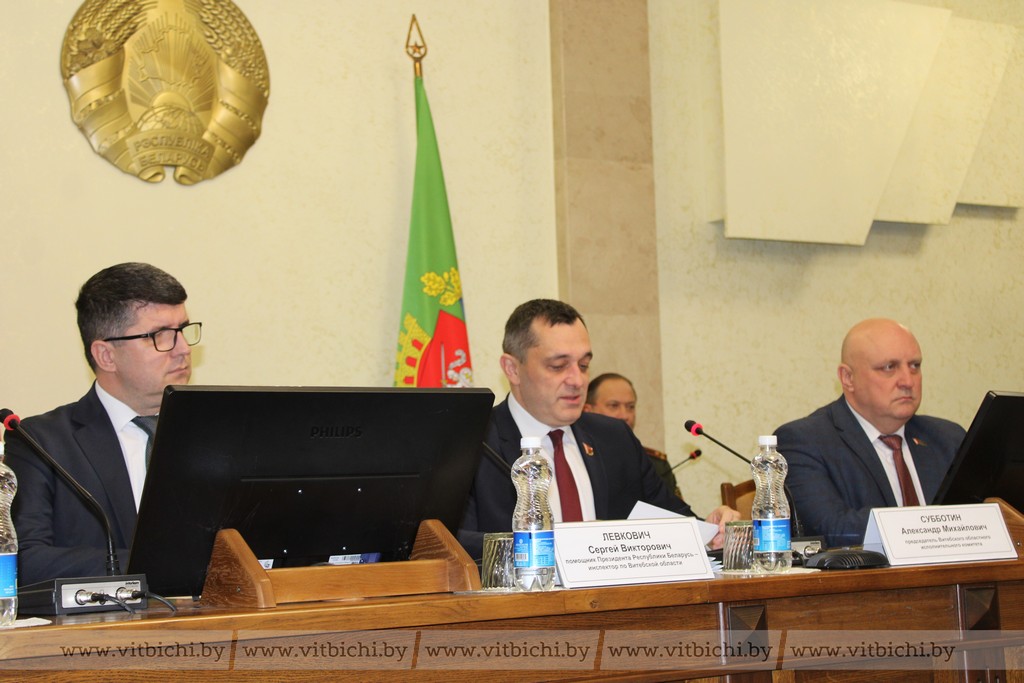
The Vitebsk region managed to achieve a positive result in all areas of animal husbandry in 2024. The region plans to bet on the development of this industry in the future.
The results of the work of livestock breeders in the Vitebsk region over the past year were analyzed at an open meeting of the regional executive committee. All districts of the region connected to the regional studio via online communication.
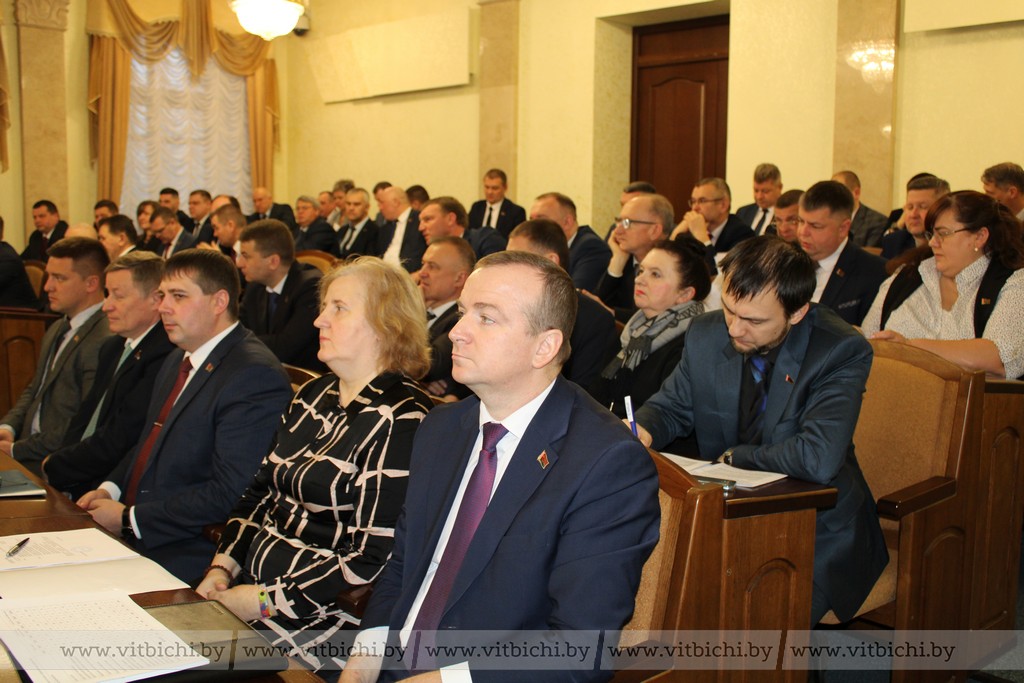
Before starting the meeting, the chairman of the regional executive committee Alexander Subbotin introduced his new deputy Dmitry Petrusha, who will be in charge of the construction industry, transport and housing and communal services, and presented an official certificate to Dmitry Novatsky, recently appointed chairman of the regional executive committee's economic committee. He also noted the work of the chairman of the Senno District Executive Committee Oleg Makarevich with a certificate of honor of the regional executive committee.
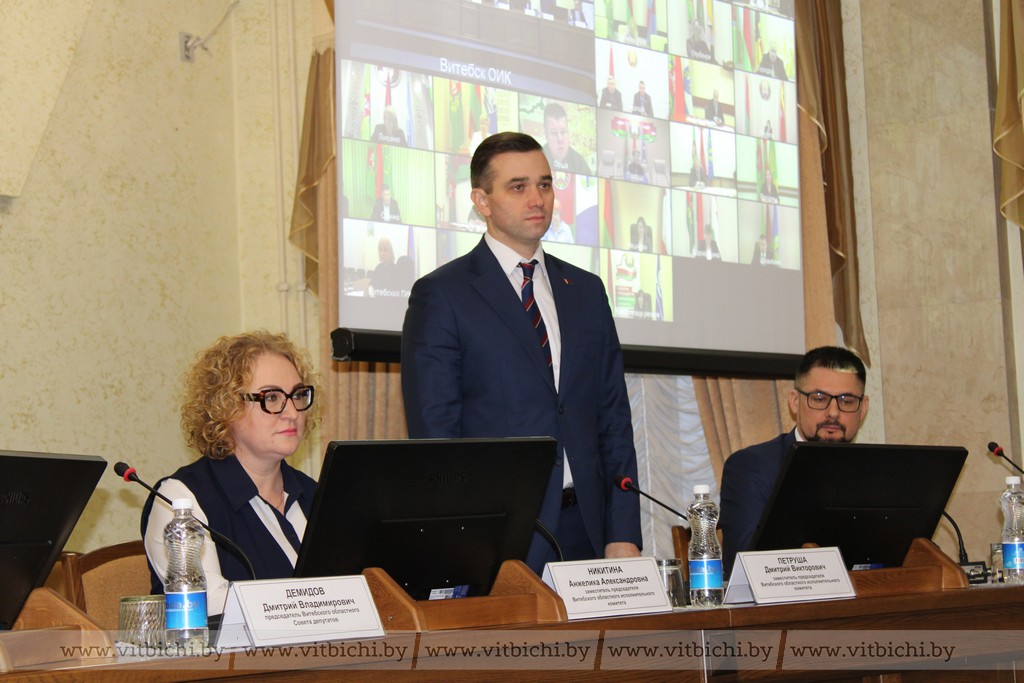
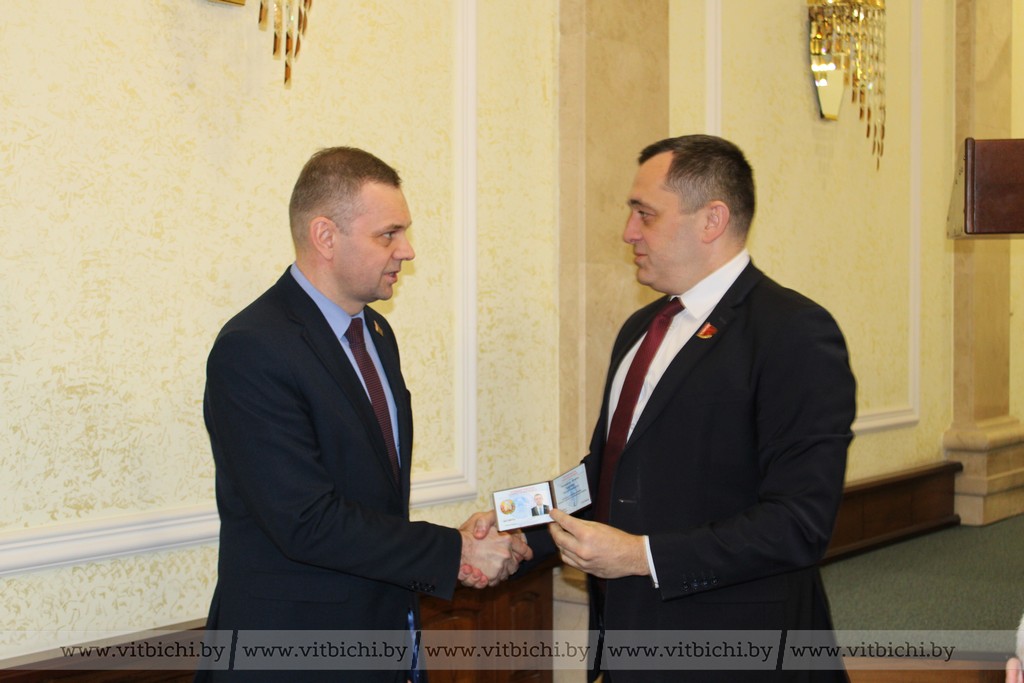
Analyzing the indicators obtained, the head of the region called the livestock industry promising, because it helps to ensure food security and guarantees the financial stability of the region as a whole, allows you to form the tax base. Therefore, special attention should be paid to its intensive development.
"Recently, the region has achieved some success in milk production. We are seeing an increase in livestock and poultry. If in 2023 an average of 4300 kilograms of milk were received from a cow, then in 2024 it was already 4500 kilograms," Alexander Subbotin informed. "We need to increase the growth rate of milk production without losing its quality, and this requires a comprehensive interaction of all agricultural structures.
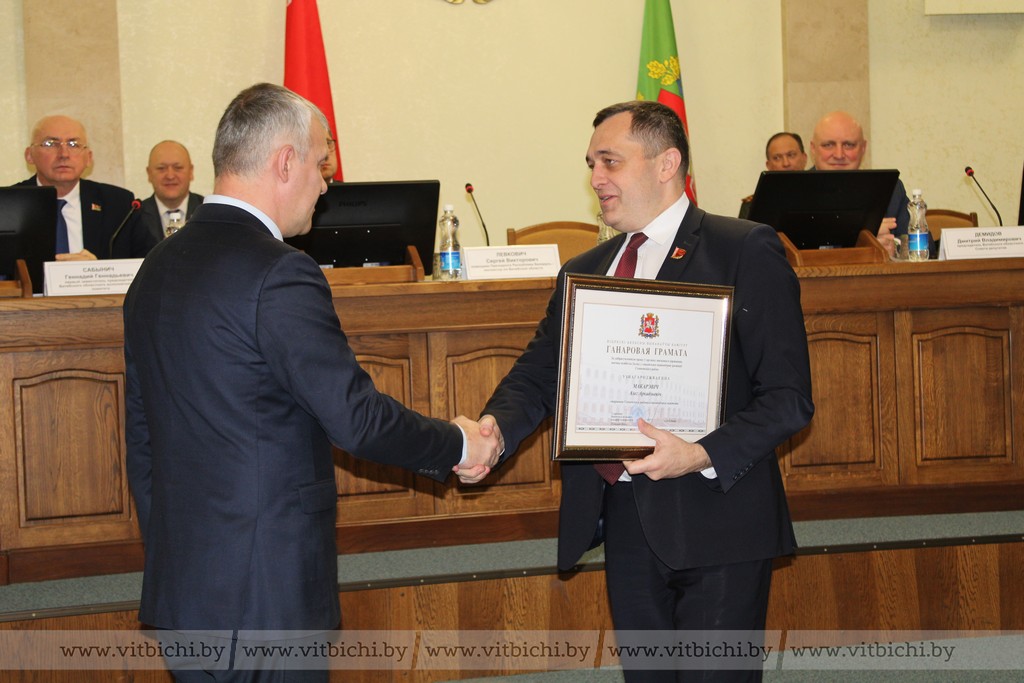
At the end of last year, the gross production of agricultural products in the region amounted to 107.8 percent, in the field of livestock - more than 105 percent, poultry - about 114 percent.
In comparison with other regions of the country, the Vitebsk region has the slightest decrease in the number of cattle. Moreover, our region is the only one in the republic that received a positive indicator for the litter of cattle. It has been increased by 1034 calves, and the number of pigs has increased by 6 thousand. And this is despite the fact that in 2024 some pig farms had to be closed. The region also worked well in the field of poultry farming. Poultry farming increased by 14.6 percent, which is the best result in the country. 450 million eggs were produced. These indicators are also the best in the history of the region, Natalia Bortnik, First Deputy Chairman of the Committee on Agriculture and Food of the Regional Executive Committee, noted in her report.
Increasing the volume of livestock production is impossible without modernizing the existing base. In 2024, 11 dairy complexes were commissioned in the region, and two more are planned in 2025. Within the framework of the relevant decree, the construction of ten new facilities has already begun, all work on which is scheduled to be completed in 2026.
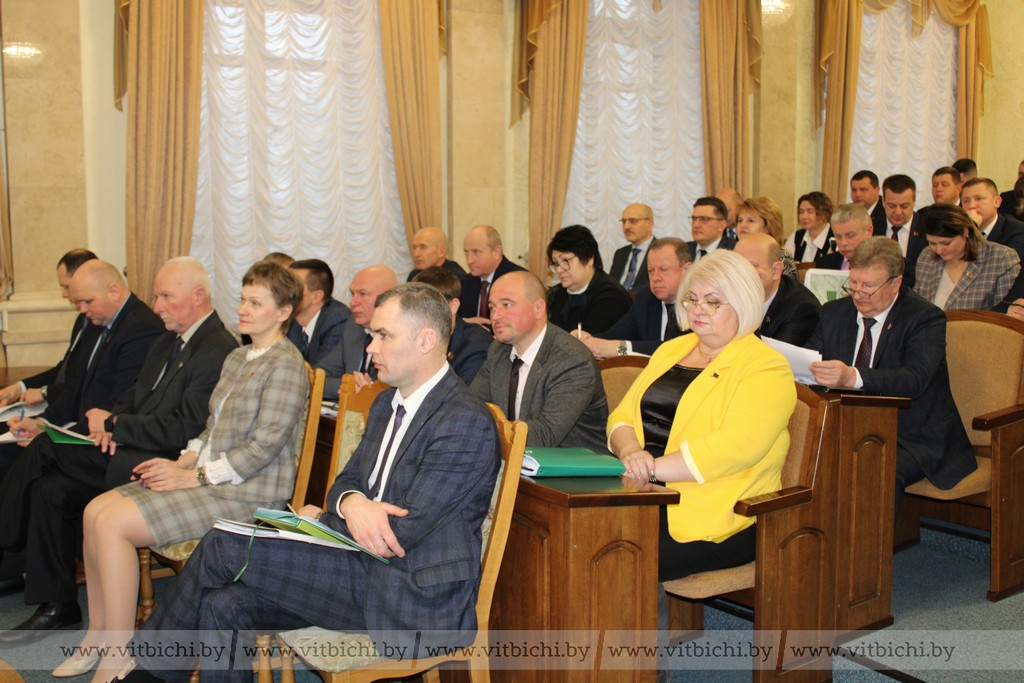
This year, the emphasis will be placed on increasing the production of livestock products, improving the work on livestock reproduction, building new and reconstructing existing livestock complexes, improving the quality and quantity of harvested feed. The personnel issue, especially relevant for the livestock industry, will not be left without due attention. This year, according to the rector of the Vitebsk State Academy of Veterinary Medicine Olga Gorlova, the institution should accept 555 people for further training. In the future, these specialists, like their predecessors, will have to be fixed in the field, for which it is important to work out various nuances, including providing young personnel with housing and decent wages.
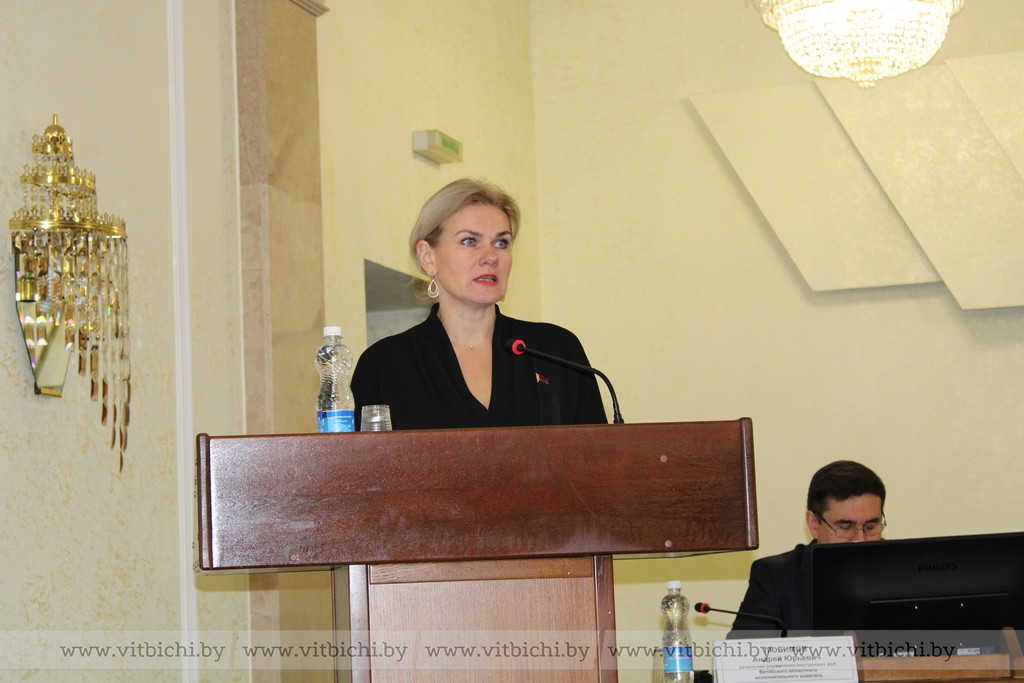
According to the chairman of the Committee on Agriculture and Food of the Regional Executive Committee Andrei Bulavkin, in 2025 it is planned to ensure the production of gross agricultural output at a level of at least 107 percent in the region and to feed at least 4700 liters of milk per forage cow.
"Despite the certain successes achieved, there are still enough problematic moments in the livestock industry of the region, they need to be eliminated in the near future. The range of tasks is outlined. We have everything we need to achieve our goals, we just need to activate the available resources," Alexander Subbotin summed up. "Which means we all have a lot of work to do.
